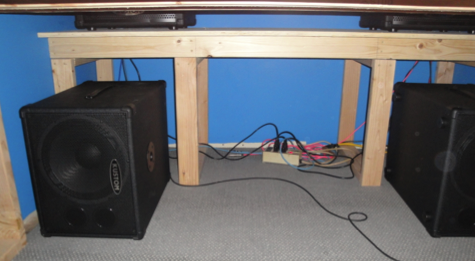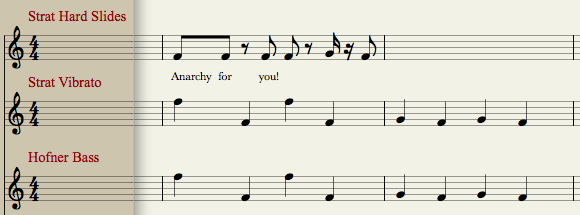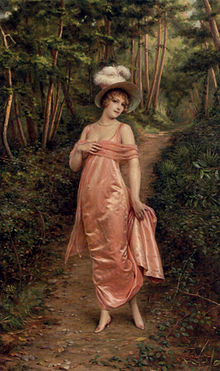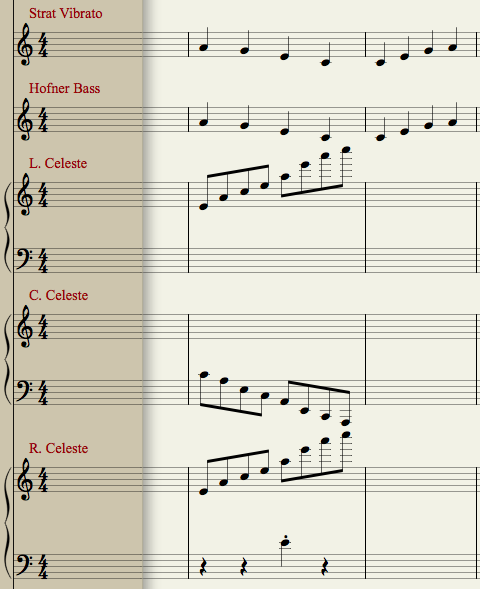I have been pondering the idea of augmenting the Kustom KPC15P 15" Powered PA Speakers with a pair of Kustom PA112S Powered Sub Woofers, and since Musician's Friend had a discount sale last weekend, I decided to do it, which I did this week with outstanding results, where the high-level version is that the Kustom PA112S Powered Sub Woofers enhance the deep bass and have a frequency range of 30-Hz to 150-Hz, which is in contrast to the Kustom KPC15P 15" Powered PA Speakers, which have a frequency range of 60-Hz to 20,000-Hz . . .
[
NOTE: Both of these Kustom loudspeaker units are vastly overpowered for the sound isolation studio, which is approximately 6 feet wide by 7 feet tall and 12 feet long, so I wore a pair of OSHA approved ear protectors when I was adjusting the volume levels. So long as the volume levels for the loudspeaker units are set correctly, everything is fantastic, but otherwise it can dangerous, so a bit of caution is advised, since in the grand scheme of everything with the subwoofers enhancing the two-way loudspeakers, running everything at 5 is like running a pair of Marshall full-stacks at 11 in a broom closet. The key principle form acoustic physics is that by running the Kustom powered loudspeakers at low volume, there is plenty of headroom for the amplifiers and loudspeakers, which maps to improved dynamic range and low distortion or whatever. The strategy works, but it is very important to understand the rules, which primarily is something one learns after doing sound reinforcement for concerts for a while, typically after not paying attention to levels and either (a) causing loudspeakers to burst into flames or (b) to explode . . . 
]

The subwoofer units have a low-pass filter which limits them to 30-Hz to 150-Hz, but they also do a parallel pass-through of the full-range audio line output from the MOTU 828mk3 Hybrid, which makes it easy to connect them to the more full-range loudspeaker units . . .
I need to do the calibration stuff, but to get started I set the volume levels of the subwoofer units "by ear", with the result that deep bass actually vibrates the workbench where the computer display, mouse, and keyboard sit when the Nady DSM-1 Digital Sound Level Meter indicates the sound pressure level is in the range of 75 db SPL to 85 db SPL, which is a comfortably loud mixing and mastering level for
fundamental tone hearers . . .
In retrospect I should have done this years ago, but one of the curious consequences of using essentially every bad strategy for a studio monitoring system is that I learned a lot about setting the various parameters of VST signal processing plug-ins, which included a few years of attempting to mix and master while listening with headphones (which does
not work, a fact which is easy to understand once you start focusing on phase alignment, since when you listen with headphones or ear buds, each ear hears something completely and totally independent, and this does
not work with respect to the subtleties of phase alignment) . . .
The most surprising aspect of mixing with the newly enhanced Kustom studio monitor system is that it does not require using a lot of VST signal processing plug-ins, and in fact the majority of the VST signal processing was limited to a tiny bit of optical compression or brickwall limiting, which also was the case for the Master stereo output track, where instead of needing to use a full-featured mastering suite, I only had to use a linear phase equalizer and a leveling amplifier (both from IK Multimedia), and this makes intuitive sense, because all the instruments are IK Multimedia VSTi virtual instruments, so the sample sounds were professionally recorded, hence should
not need a lot of enhancing other than having a bit of FUN with reverberation and echoes on a few of the instruments . . .
This is the new version of the song, which is fabulous . . .

[
NOTE: This is the basic rhythm section, so there is no singing and no real lead guitar soloing, but so what . . . ]
"Tastes Like Anarchy" (The Surf Whammys) -- Kustom Studio Monitor System Mix -- MP3 (8.7MB, 300-kbps [VBR], approximately 3 minutes and 55 seconds)Fabulous! 
Now that I can hear the deep bass--which is vastly important, since I am a
fundamental tone hearer, hence am
not fooled by the "missing fundamental" auditory illusion, which maps to mixing based on what actually is heard in the room without any trickery or deception--it will take a bit of experimenting to fine-tune the new way of mixing and mastering, but I am
very happy with the initial results, for sure . . .
For sure! 







